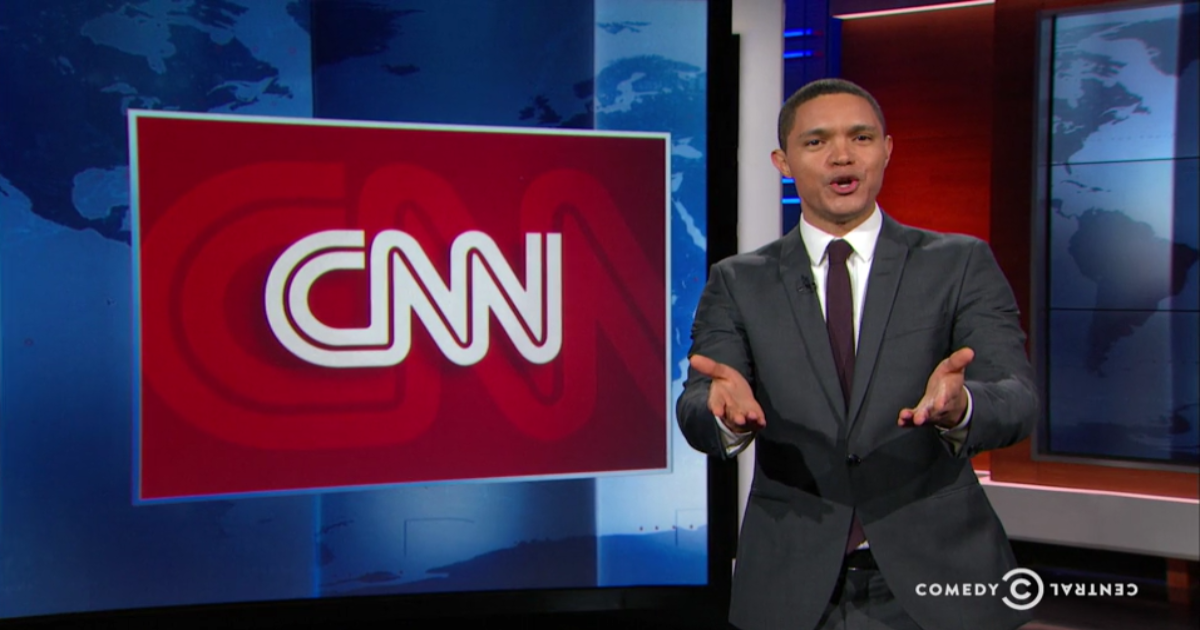In Part 1 and Part 2 of this series, we explained how terrorist organizations funnel “dirty” money through international banks (placement) and then make the origins of that money almost impossible for authorities to trace using various financial and legal transactions (layering).
However, it is next to impossible for these funds to be used for the purposes of purchasing arms and ordnance without slipping them back into the mainstream economy. This stage of the game is known as “integration,” in which laundered money is literally “integrated” back into the system, making it appear to be generated through legitimate business dealings. This is another stage in which international banks aid and abet terrorist organizations, whether unknowingly or (as is often the case) by design.
One method of integration, which was referred to earlier, is simply the sale of tangible assets. For example, using our fictitious example from Part 2, the terrorist leader Scimitar uses his shell corporation, ANFCO, to purchase property or luxury items such as cars, yachts or jets, which are then re-sold. To outward appearances, the proceeds from that sale would be legitimate. If ANFCO has been incorporated under the laws of a country with strong corporate secrecy laws such as Panama or even the U.S. state of Delaware, Scimitar can make himself a “loan” from the corporation’s liquid assets without raising any suspicions – yet another way that laundered money makes its way back into the mainstream economic system.
Along the same lines, these shell corporations can create false import and export invoices. If ANFCO ships its fruits and nuts from its country of domicile to other countries, it is a fairly simple process to write invoices listing excess value for the goods transported (for example, $5000 for a one pound bag of walnuts that sell at Costco for around $10). Unless investigators examine the ledgers very carefully (which is virtually impossible under corporate secrecy laws without first obtaining a warrant), this sort of fraudulent documentation makes it easy to justify the amounts that are later deposited in legitimate accounts.
Finally, there is complicity by foreign banks in those countries with strict banking secrecy laws. These laws make it highly difficult for law enforcement to conduct meaningful investigations into suspicious transactions. These are the institutions that are being targeted by litigators in current lawsuits being filed under the U.S. Anti-Terrorism Act.
Unlike criminal cases in which guilt must be proven “beyond a reasonable doubt,” civil lawsuits are based on a “preponderance of evidence,” which is a much lower hurdle. It is therefore often easier to obtain justice through civil litigation than by means of criminal prosecution.
Although terrorists, like drug lords and organized crime bosses, are very careful to cover their tracks, there are signs to indicate money laundering is being attempted that bank officers should be looking for. Among these are: (1) providing insufficient or questionable information and documentation that cannot be verified, (2) attempts by a customer to avoid reporting and recording regulations, and (3) frequent fund transfers in large, round amounts (usually in the four or five-figure increments, such as $5000 or $10,000).
Other “red flags” can include unusual lending activity (for example, loans taken out for no apparent reason that are then sold to an unrelated third party), and unexplained increases in cash deposits without a corresponding increases in non-cash deposits, or frequent withdrawals in which a customer requests large bills or exchanges smaller bills for large ones. Banking institutions that ignore these and other forms of suspicious activity may find themselves held liable for injuries and deaths resulting from terrorist attacks.
How International Banking Institutions Aid and Abet Terrorism: Money Laundering, Part 1
How International Banking Institutions Aid and Abet Terrorism: Money Laundering, Part 2





